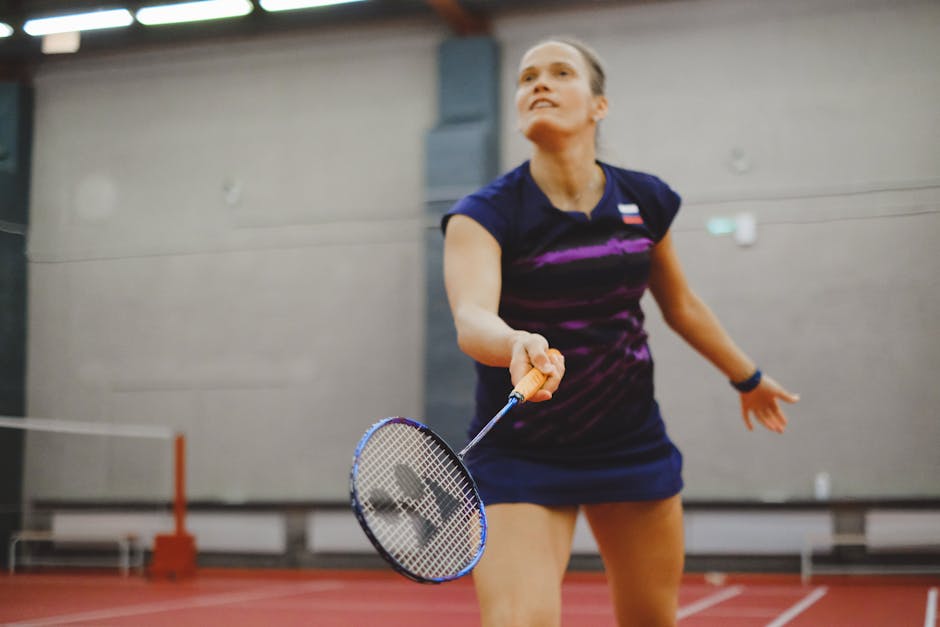Badminton is a fast-paced and exciting sport that requires the right equipment to excel. One of the most important pieces of equipment is the badminton racket. Choosing the right racket can significantly improve your performance on the court. Here's a comprehensive guide to help you select the perfect badminton racket for your needs.
**Grip Size and Shape:**
The grip size of the racket is crucial for comfort and control. Measure the distance from the crease of your palm to the tip of your middle finger to determine the appropriate grip size. Most adult rackets range from G1 (small) to G5 (extra large). The shape of the grip also varies, with oval, round, and tapered options available. Choose a grip shape that provides a natural and secure fit for your hand.
**Weight and Balance:**
Badminton rackets come in various weights, typically ranging from 85 to 100 grams. Lighter rackets offer greater maneuverability and speed, while heavier rackets provide more stability and power. The weight distribution of the racket is also important. Head-heavy rackets generate more power, while head-light rackets are easier to swing and control.
**Shaft Flexibility:**
The flexibility of the shaft affects the power and control of the racket. Stiff shafts provide more control and power, but require more strength to swing. Flexible shafts offer increased power and a more forgiving feel, but may compromise control. Choose a shaft flexibility that suits your playing style and skill level.
**String Tension:**
The string tension of the racket impacts the power, control, and durability of the strings. Higher string tensions provide more power and control, but can also reduce the durability of the strings. Lower string tensions offer more power and a softer feel, but may result in less control. Consult with a professional stringer or experienced player to determine the ideal string tension for your game.
**Material:**
Badminton rackets are typically made from carbon fiber, graphite, aluminum, or a combination of these materials. Carbon fiber rackets offer a balance of power, control, and durability, making them a popular choice for advanced players. Graphite rackets are lighter and more affordable than carbon fiber rackets, but may not provide the same level of performance. Aluminum rackets are the most budget-friendly option, but are less durable and powerful than carbon fiber or graphite rackets.
**Playing Style and Skill Level:**
Consider your playing style and skill level when choosing a badminton racket. Aggressive players who prioritize power may opt for a head-heavy racket with a stiff shaft. Defensive players who value control may prefer a head-light racket with a flexible shaft. Beginners typically benefit from rackets that are lighter and more forgiving.
**Additional Features:**
Some badminton rackets offer additional features such as vibration dampeners, which reduce vibrations and improve comfort. Racquets with built-in weights allow you to customize the weight and balance to suit your preferences. If you play in windy conditions, consider a racket with a wider frame to provide stability.
**Conclusion:**
Choosing the right badminton racket is essential for optimizing your performance on the court. Consider the grip size and shape, weight and balance, shaft flexibility, string tension, material, playing style, and skill level when making your selection. By selecting a racket that matches your needs, you can enhance your control, power, and overall playing experience.
